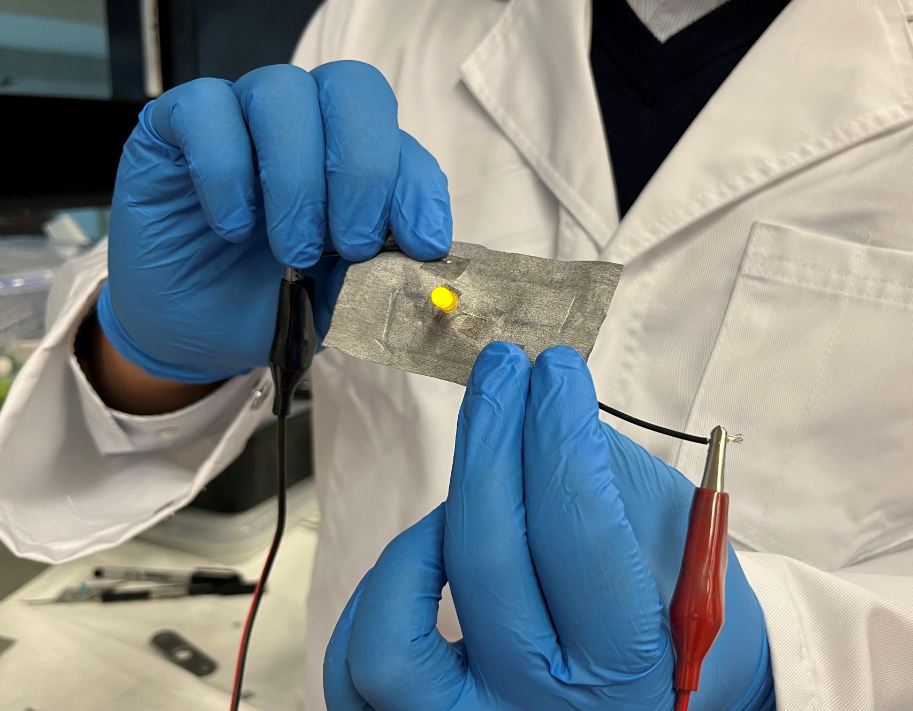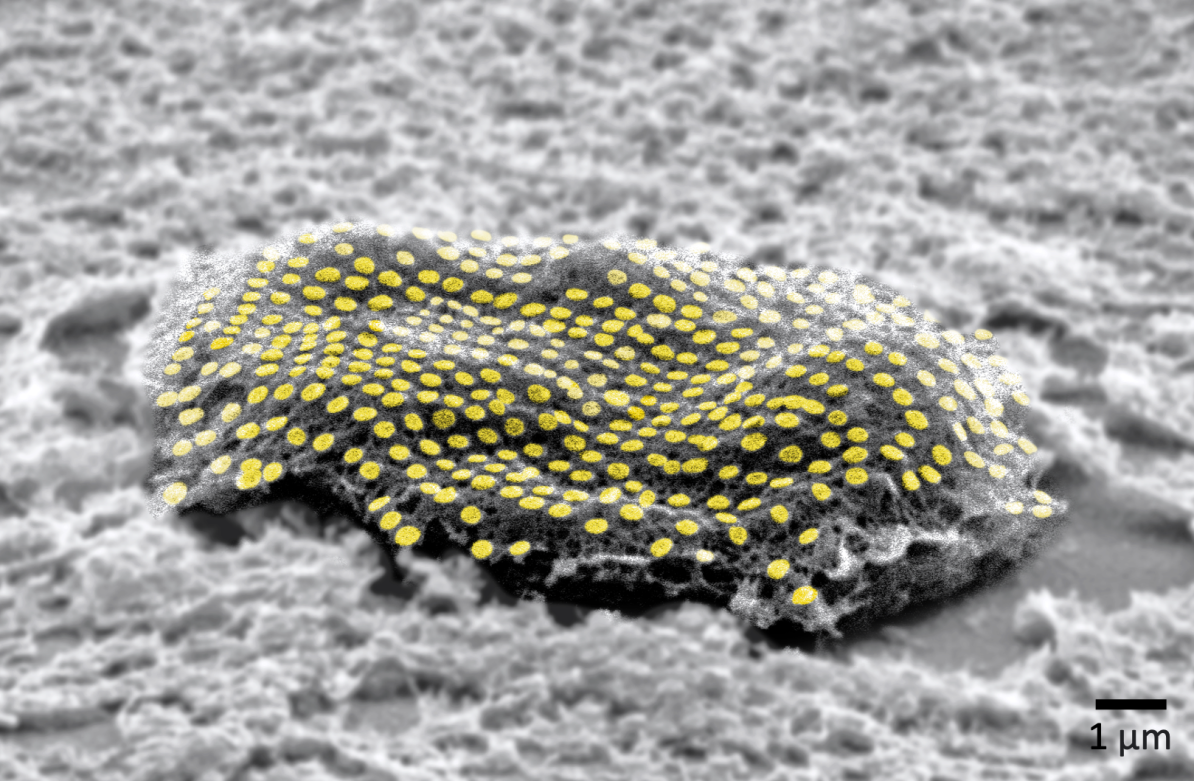Our circadian clock is a natural 24-hour cycle that regulates many aspects of our health. When our circadian clock is misaligned, it can lead to a variety of health problems, including metabolic diseases such as type 2 diabetes. Reducing the risk of circadian misalignment requires potentially challenging lifestyle interventions.
However, a recent study by researchers from the Netherlands and Switzerland has found that adding a prescribed period of natural light exposure to your daily routine can improve health markers, without requiring difficult lifestyle changes.
Comparing Natural vs. Artificial Light:
In a controlled study involving 13 participants with an average age of 70, conducted in the Netherlands and Switzerland, researchers exposed them to two treatments—natural light and artificial light—over a 4.5-day period. During both sessions, participants received identical schedules, meals, and physical activity allowances, maintaining consistency.
The study meticulously measured both natural and artificial light exposure throughout the trial. Continuous monitoring of blood sugar levels was carried out, followed by a comprehensive set of metabolic tests at the study’s conclusion.
Lighting the Way to Better Metabolic Health and Blood Sugar Control
Although not all tests displayed significant differences, the ones that did indicate that natural light may have a positive impact on enhancing metabolic function in connection to type 2 diabetes and obesity.
Exposure to natural light resulted in participants maintaining normal blood glucose levels (4.4-7.8 mmol/L) for a longer duration (59% of the 4.5 days compared to 51% in the artificial light group). Additionally, the respiratory exchange ratio was lower during the natural light intervention, indicating a smoother transition from carbohydrate to fat burning as the body’s energy source.







